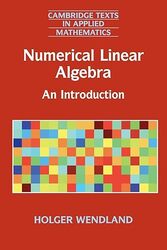Rating: 7.8/10. Textbook about numerical linear algebra cover many algorithms, such as solving linear systems and finding eigenvalues. This book is relatively advanced, as it rarely provides examples and focuses on detailed proofs of convergence properties of algorithms. It also has no examples of computing any algorithms or experimental results, only proofs, so it’s probably…
Category: Mathematics
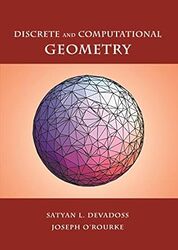
Discrete and Computational Geometry by Satyan L. Devadoss and Joseph O’Rourke
Rating: 7.9/10. Book about theorems and algorithms in computational and discrete geometry, which deals with many points and polygons in 2D and higher-dimensional spaces. It starts with triangulations and convex hulls and gives a brief tour of many ideas in the field of geometry and their connections to research mathematics. Overall, it takes a quick…
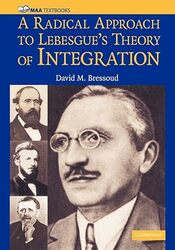
A Radical Approach to Lebesgue’s Theory of Integration by David M. Bressoud
Rating: 8.0/10. Book on measure theory and integration and serves as a good complement to the book “Measure, Integral, Probability.” I liked it because, rather than being technical all the time, it justifies the theory from a historical context – nobody really set out to invent measure theoretic integration, instead all these ideas were first…
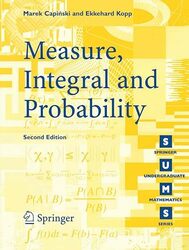
Measure, Integral and Probability by Marek Capinski and Ekkehard Kopp
Rating: 7.8/10. A textbook on measure theory, which serves as the foundation of probability and also has applications to integration and mathematical finance. A measure essentially defines the length or area of a set in a formal and consistent way, even with infinite sets that arise in continuous probability. When defined in a naive way,…
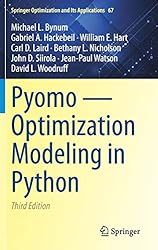
Pyomo – Optimization Modeling in Python by Bynum and others
Rating: 8.2/10. Book giving an overview of the Pyomo optimization framework, which doesn’t solve optimization problems itself but allows users to formulate them in a high-level, object-oriented format. Pyomo acts as an interface with solvers like CPLEX. The book talks about into numerous features of Pyomo but mostly stays clear of the solver algorithms’ internals,…
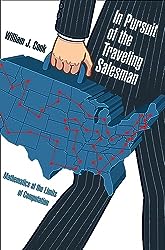
In Pursuit of the Traveling Salesman by William J. Cook
Rating: 8.5/10. In Pursuit of the Traveling Salesman: Mathematics at the Limits of Computation by William J. Cook Book about the Traveling Salesman Problem, written by a University of Waterloo professor and a leading researcher on this topic. The TSP is NP-hard, meaning there’s no efficient algorithm to solve it for all cases (unless P…
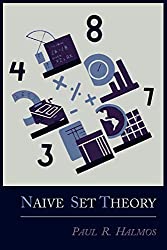
Naive Set Theory by Paul Halmos
Rating: 8.8/10. Brief book that introduces you to Zermelo-Fraenkel set theory. Anyone that has studied combinatorics / algebra / analysis is probably familiar with “naive set theory”, eg: union, intersection, complement, etc. But despite the book’s name, it introduces you to axiomatic set theory. The problem with naive (non-axiomatic) set theory is it allows you…
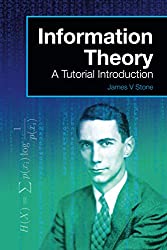
Information Theory: A Tutorial Introduction by James V. Stone
Rating: 8.0/10. Ch1: What is Information? Information is quantified using bits, not to be confused with binary digit. A binary digit contains at most one bit of information, but may contain less (if it’s not equally likely to be 0 and 1). Ch2: Entropy of Discrete Variables Definition of entropy H(x) for discrete random variables….
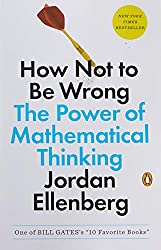
How Not to Be Wrong by Jordan Ellenberg
Rating: 6.8/10. Kind of like the Freakonomics of math, describes a variety of situations where math (mostly statistics) is useful in real life. Some of it is heuristics to avoid common fallacies, then a mix of random topics with tenuous connection to real life events, but the author doesn’t have much of a coherent point…
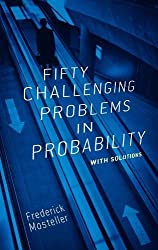
Fifty Challenging Problems in Probability by Frederick Mosteller
Rating: 6.6/10. A classic book with a bunch of random problems in elementary probability (but not statistics). They are not very difficult, ranging from easy to moderate in difficulty. Some of them touch on significant ideas (like random walks, coupon collector problem, German tank problem), but the majority are quite arbitrary (maybe suitable for a…
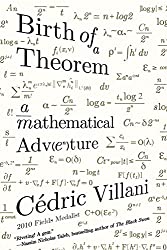
Birth of a Theorem by Cedric Villani
Rating: 7.4/10. Memoir by Fields medalist Cedric Villani describing the process of discovering a mathematical proof. It’s inspiring that even for somebody as smart as him, math is difficult and he doesn’t always know what he’s doing. However, he does a poor job of explaining the math — his expositions are way too technical, aimed…
